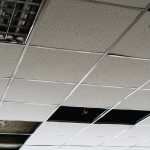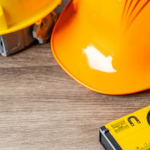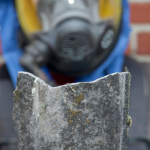Introduction:
Fire safety is a critical aspect of building management, it helps ensure the protection of lives and properties. In the United Kingdom, fire regulations are regularly updated to enhance safety standards and adapt to changing circumstances. In this blog, we will explore the recent changes to fire regulations in the UK and their implications for building owners, managers, and occupants.
The Regulatory Reform (Fire Safety) Order 2005 (RRO):
The Regulatory Reform (Fire Safety) Order 2005 (RRO) is the primary legislation governing fire safety in England and Wales. It places the responsibility for fire safety on the responsible person in control of a premises. Recent changes to the RRO emphasize the following:
- Fire Risk Assessment (FRA): The RRO requires the responsible person to conduct a comprehensive fire risk assessment and implement appropriate measures to mitigate identified risks.
- Regular Review: A key change is the requirement for regular reviews of fire risk assessments, ensuring they remain up to date and effective.
- Competency of Assessors: It is essential that fire risk assessments are conducted by competent individuals with sufficient knowledge and expertise in fire safety.
High-Rise Residential Buildings (HRBs):
Following the tragic Grenfell Tower fire in 2017, the UK government introduced additional fire safety measures for high-rise residential buildings. The main changes include:
- External Wall Systems: Building owners must ensure that external wall systems meet fire safety standards, with particular attention to cladding materials and insulation.
- Fire Doors: The integrity and effectiveness of fire doors within HRBs are of paramount importance, and regular inspections and maintenance are now mandatory.
- Evacuation Plans: HRBs must have robust evacuation plans in place, including provisions for residents with disabilities and vulnerable individuals.
Building Safety Bill:
The Building Safety Bill, currently progressing through Parliament, will introduce significant changes to the regulatory framework for building safety. Key provisions include:
- The establishment of a new Building Safety Regulator to oversee the safety of high-risk buildings, introducing stronger oversight and enforcement powers.
- A new regime for building safety, including mandatory occurrence reporting, building safety certificates, and an enhanced focus on the entire lifecycle of buildings.
- The introduction of a new dutyholder system, clarifying roles and responsibilities throughout the design, construction, and occupation stages of a building.
Conclusion:
Fire safety is a matter of utmost importance in the UK, and recent changes to fire regulations demonstrate the commitment to improving safety standards across the country. The updates to the RRO, specific measures for high-rise residential buildings, and the forthcoming Building Safety Bill all aim to enhance fire safety, protect lives, and prevent tragedies.
Building owners, managers, and occupants must remain diligent in complying with the latest fire safety requirements. Regular fire risk assessments, adequate maintenance of fire safety equipment, and adherence to evacuation plans are essential to ensure the safety and well-being of all. By staying informed and implementing necessary measures, we can collectively create safer environments for everyone in the UK.
Contact OJ Health and Safety Solutions
We offer full fire risk assessments to ensure compliance with the latest fire safety changes. Contact us either on 01924 261789 or email admin@ojsafety.co.uk.











